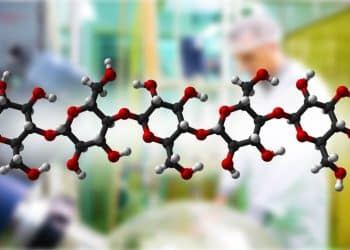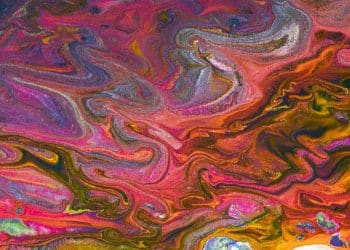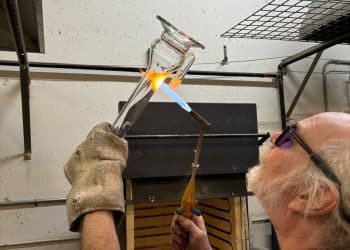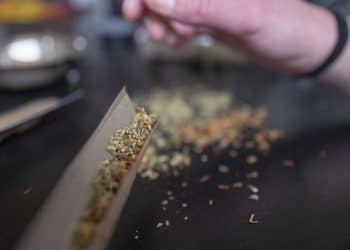As the botanical extraction market grows and becomes increasingly competitive, manufacturers look for new ways to increase extraction efficiency and yield. A botanical extraction business hinges on the ability to extract as many of the desired botanical compounds from the plant material without degrading or compromising them. Most of this comes down to the extraction conditions, solvent and the used technique.
While research is generally being conducted on specific plants and compounds, there is progress being made into understanding which conditions are ideal for maximum extraction yields. Researchers have found that pH does play a significant role in how effective a solvent is at extracting the desired compounds.
Why pH?
There are many different parameters to explore, all of which can have an impact on the efficiency of the extraction process. pH is something that’s fairly simple to control and test for, and it can have a major impact.
Because pH is the measure of how acidic or basic a solution is, it can be a great indicator of how the solvent can extract active compounds from the plant matrix. Any deviation from the neutral value of 7, which is the same pH as water, could mark an improvement in extraction: while it’s possible that a certain acidity could help break down plant material to extract the desired components, it’s also possible that an excessively high acidity will compromise the desired compounds as well.
What is the Ideal pH for Extraction?
It’s impossible to say that there’s a universal pH that applies for all plants and compounds. However, several studies investigating the ideal pH for extraction of botanicals have similar results, suggesting that there’s a general range that is more suitable for an efficient extraction from plants, even if there is an ideal pH for each individual compound. [1] [2]
In one study investigating the effect of pH on the extraction of hemicellulose from eucalyptus, the researchers found that a pH of 4 was optimal. A pH of 4.5 produced similar results, but was less efficient with both hemicellulose and cellulose and more effective at extracting lignin.
Another study on the effect of pH on the phytochemical and antioxidant properties of the Matricaria pubescens found that a pH of 5 was best for extracting phenolic acids, flavonoids and flavonols. [2]
In both instances, a mild to moderately acidic solution produced the best results. Too high acidity, and the extracted compounds can be degraded and lost.
Resources:
[1] Yang, Z., Cao, L., Li, Y., Zhang, M., Zeng, F., Yao, S. Effect of pH on hemicellulose extraction and physicochemical characteristics of solids during hydrothermal pretreatment of eucalyptus, BioRes. 2020; 15(3):6627-6635. [Journal Impact Factor = 1.66] [Times Cited = 5]
[2] Salah Eddine, L. Solvent pH extraction effect on phytochemical composition and antioxidant properties of Algerian Matricaria Pubescen. Journal of Pharmacy Research. 2016; 10:106-112. [Journal Impact Factor = 0.88] [Times Cited = 4]
Image: https://www.bigstockphoto.com/it/image-349930342/stock-photo-chemist-checking-reaction-in-tubes-with-plants%2C-alternative-fuel-development












